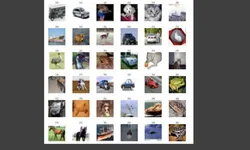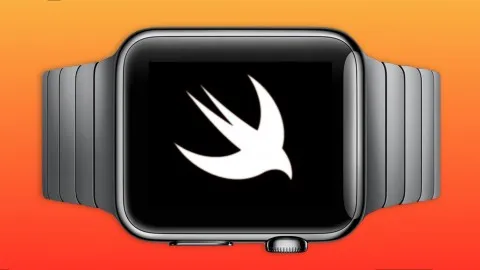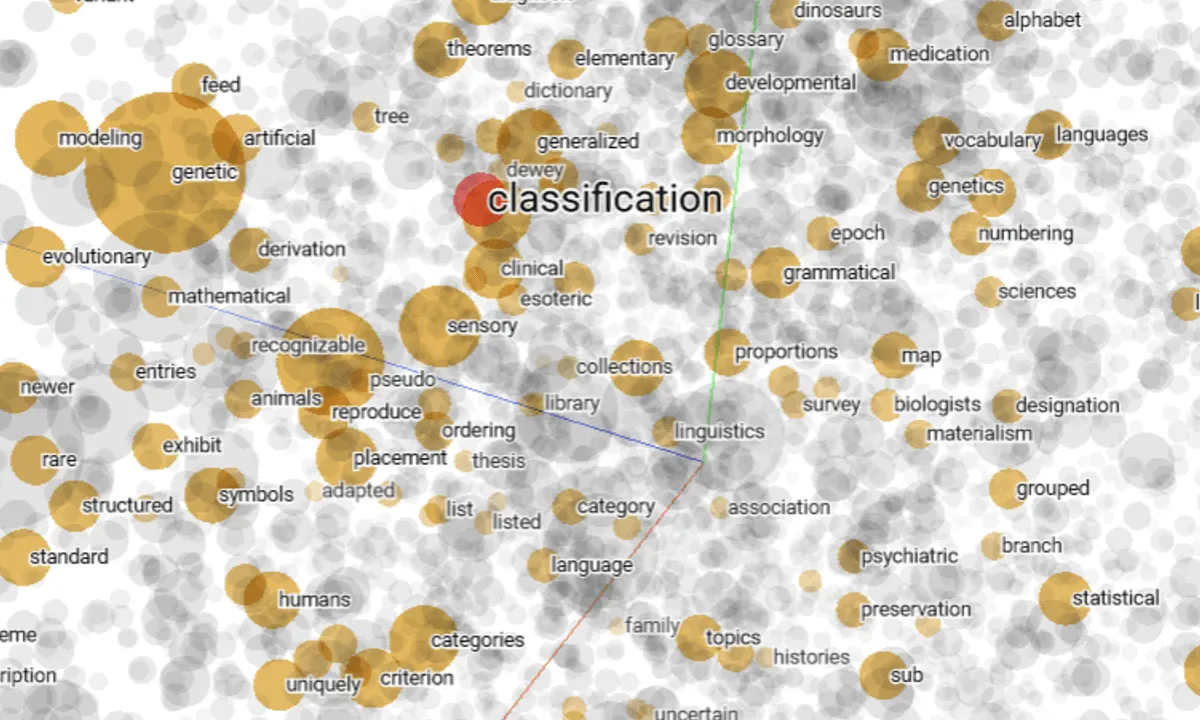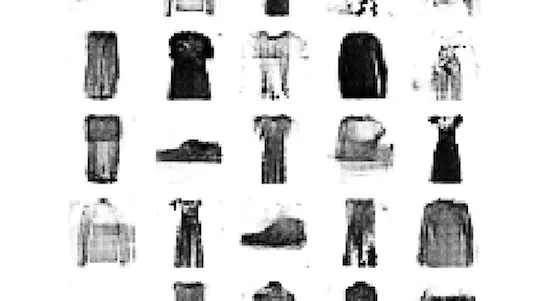
Cifar-10 Image Classification with Keras and Tensorflow 20 
This course is perfect for anyone looking to learn how to build and train a deep neural network model to classify low-resolution images. Using Keras and Tensorflow 2.0, you will learn how to use the Cifar-10 dataset to classify airplanes, cars, birds, cats, ships, and trucks. This project is practical and directly applicable to many industries, making it a great way to learn the fundamentals of deep learning. ▼
ADVERTISEMENT
Course Feature
![]() Cost:
Cost:
Paid
![]() Provider:
Provider:
Coursera
![]() Certificate:
Certificate:
Paid Certification
![]() Language:
Language:
English
![]() Start Date:
Start Date:
5th Jun, 2023
Course Overview
❗The content presented here is sourced directly from Coursera platform. For comprehensive course details, including enrollment information, simply click on the 'Go to class' link on our website.
Updated in [August 31st, 2023]
Skills and Knowledge:
- Understanding of deep learning concepts and techniques
- Knowledge of convolutional neural networks (CNNs)
- Ability to build, train, and test a deep neural network model in Keras and Tensorflow 2.0
- Understanding of the Cifar-10 dataset and its application to image classification
- Ability to evaluate the performance of a deep learning model
- Understanding of the principles of transfer learning and how to apply it to image classification tasks
- Ability to use data augmentation to improve model performance
- Understanding of the importance of hyperparameter tuning and how to use it to optimize model performance
Professional Growth:
This course contributes to professional growth by providing hands-on experience in building, training, and testing deep neural network models for image classification using Keras and Tensorflow 2.0. By working on a practical project like classifying low-resolution images of various objects, participants can gain valuable skills and knowledge in the field of computer vision.
Specifically, this course helps professionals:
1. Develop expertise in using Keras and Tensorflow 2.0: Keras and Tensorflow are widely used frameworks for deep learning. By working on this project, participants can gain proficiency in these frameworks, which are highly sought after in the industry.
2. Understand image classification techniques: Image classification is a fundamental task in computer vision. This course provides a comprehensive understanding of the techniques and algorithms used for image classification, enabling professionals to apply these skills to various real-world problems.
3. Gain experience in working with benchmark datasets: CIFAR-10 is a well-known benchmark dataset in the field of computer vision. By working with this dataset, participants can learn how to preprocess and manipulate image data, as well as understand the challenges and considerations involved in training models on large-scale datasets.
4. Apply deep learning to real-world problems: The ability to classify images accurately has numerous applications across industries, such as autonomous vehicles, surveillance systems, and medical imaging. By completing this course, professionals can showcase their ability to apply deep learning techniques to solve real-world problems, making them more valuable to potential employers.
Overall, this course provides professionals with practical skills, knowledge, and experience in image classification using deep learning techniques, which can significantly contribute to their professional growth and career advancement.
Further Education:
This course is suitable for preparing further education. It covers building, training, and testing a deep neural network model using Keras and Tensorflow 2.0. The project focuses on image classification using the Cifar-10 dataset, which is a benchmark dataset widely used in research and industry. The skills and knowledge gained from this course can be applied to various fields and industries that involve image classification tasks.
Course Provider

Provider Coursera's Stats at AZClass
Discussion and Reviews
0.0 (Based on 0 reviews)
Explore Similar Online Courses

Spring MVC Spring Boot and Rest Controllers

Swift by Example; Make Apple Watch Apps with Apple Watchkit

Python for Informatics: Exploring Information

Social Network Analysis

Introduction to Systematic Review and Meta-Analysis

The Analytics Edge

DCO042 - Python For Informatics

Causal Diagrams: Draw Your Assumptions Before Your Conclusions

Whole genome sequencing of bacterial genomes - tools and applications

Convolutions for Text Classification with Keras

Understanding Deepfakes with Keras


Start your review of Cifar-10 Image Classification with Keras and Tensorflow 20